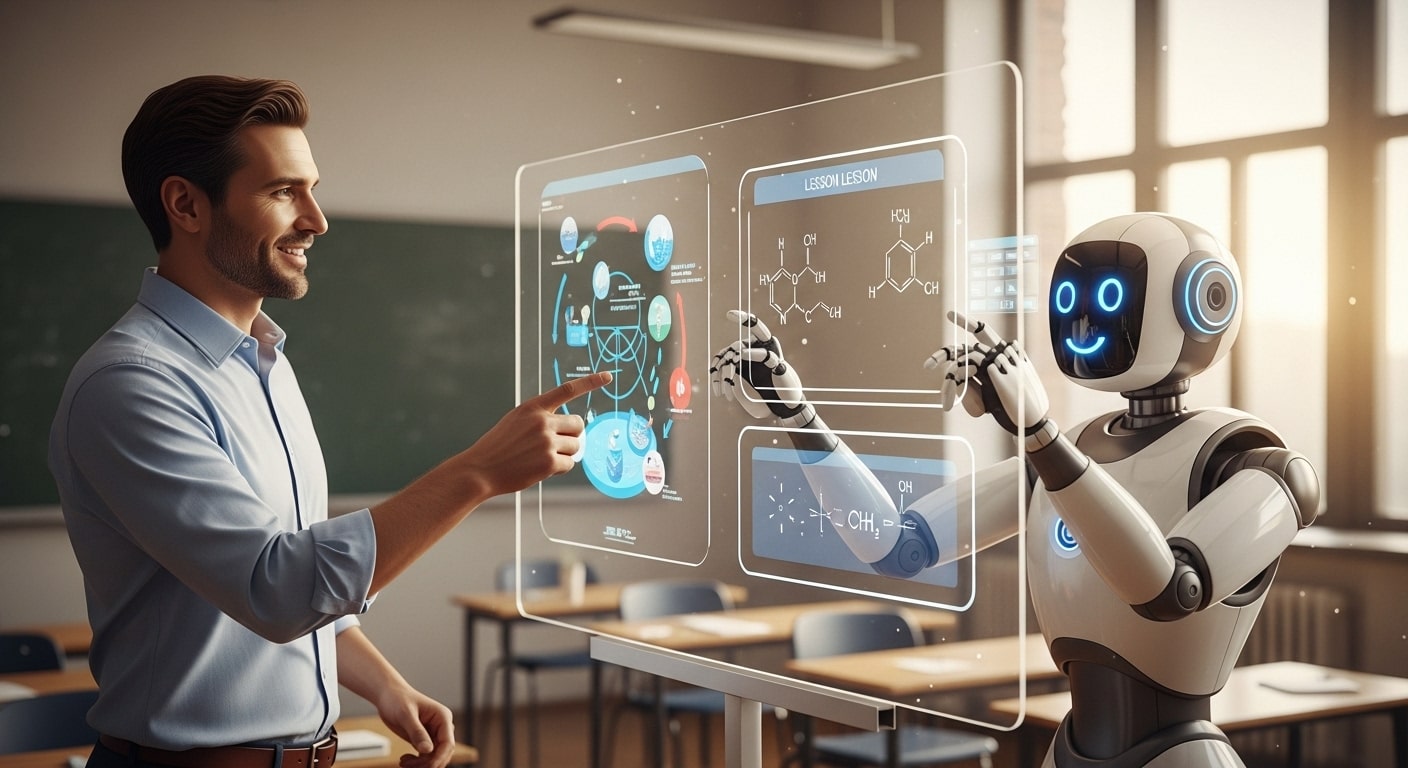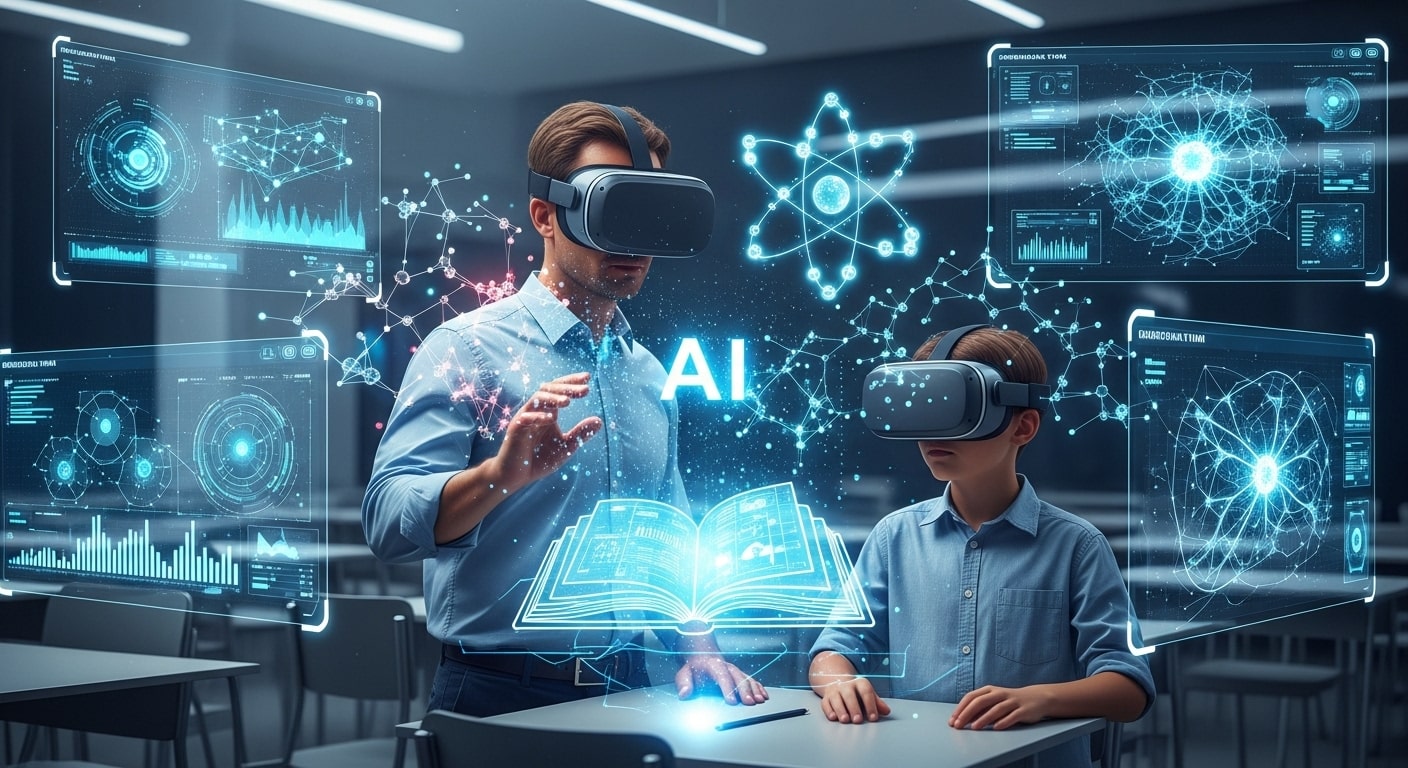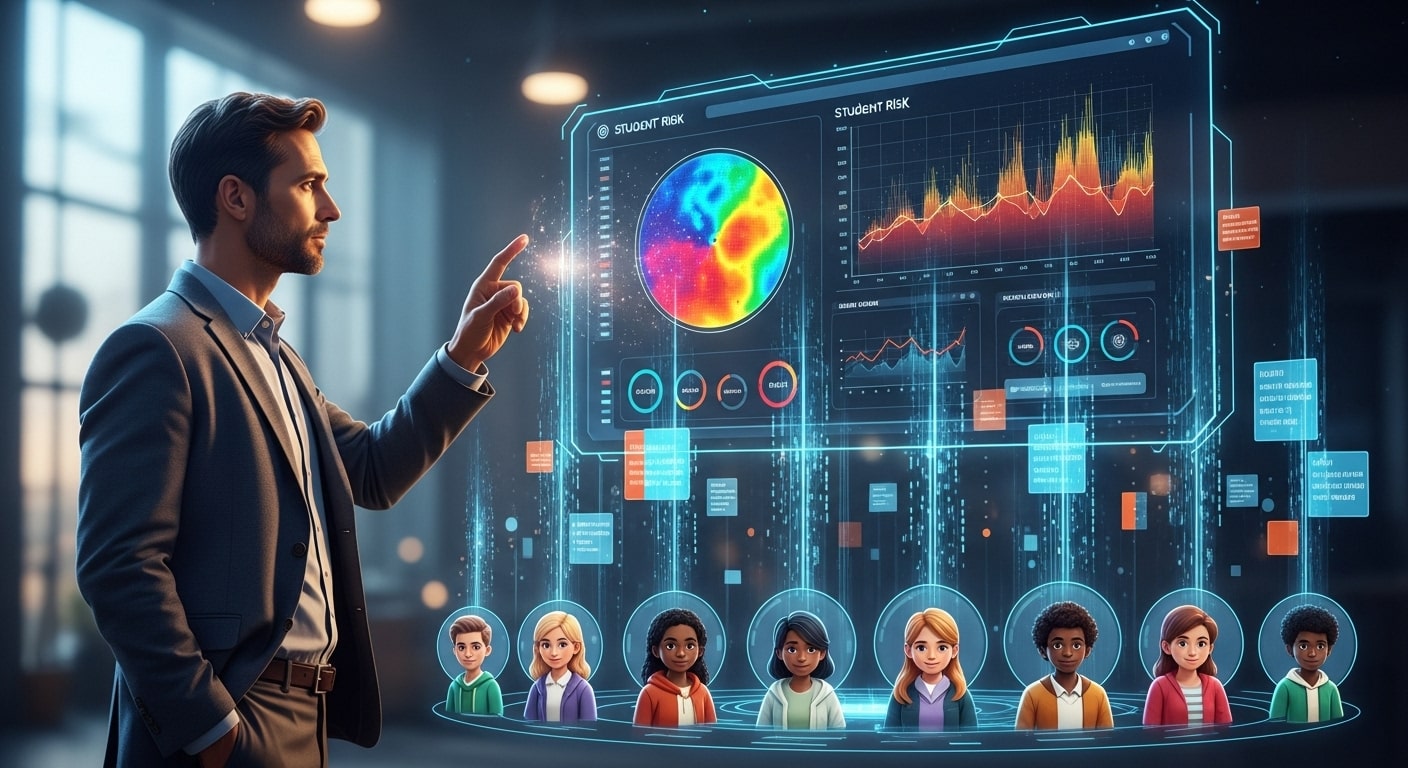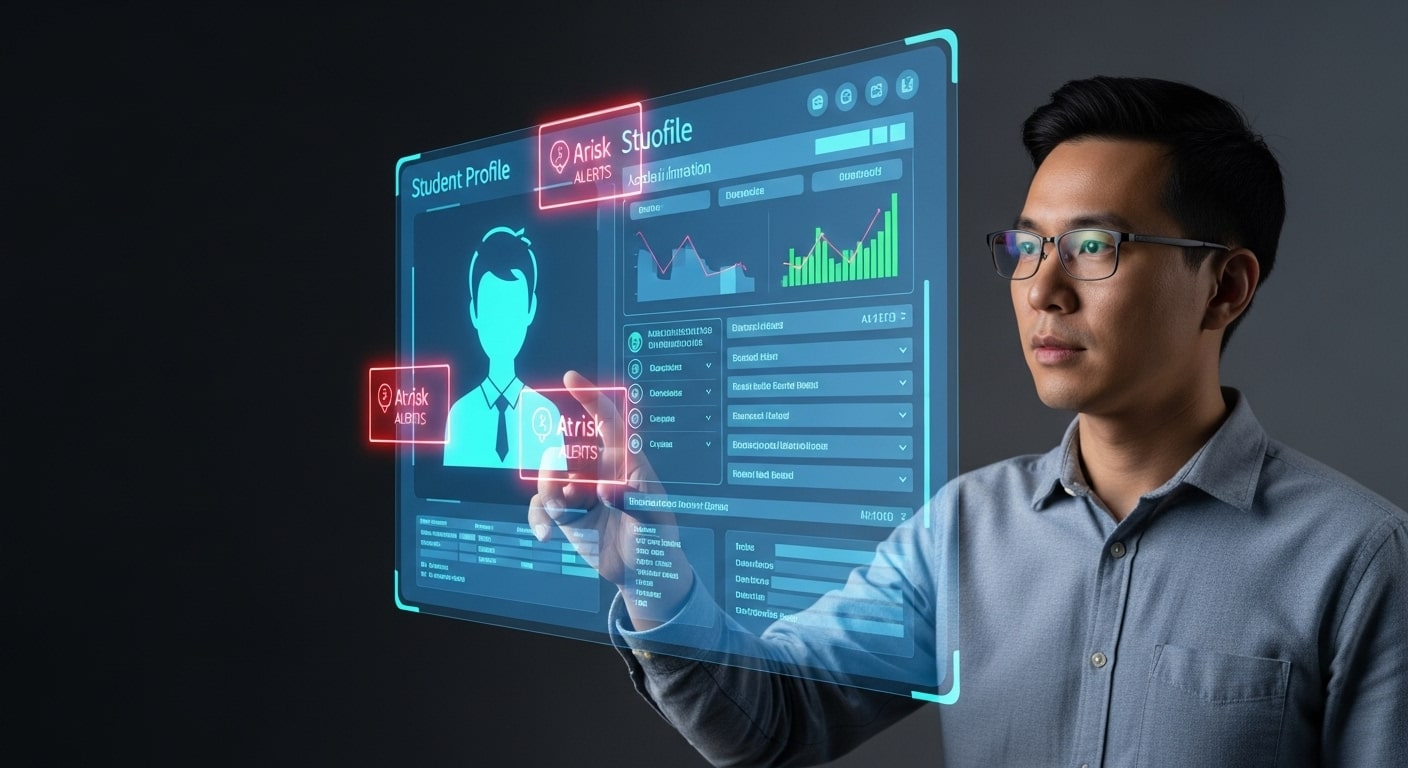As artificial intelligence becomes increasingly sophisticated, the most powerful educational model is emerging not as AI replacing teachers, but as thoughtfully designed partnerships between human educators and AI systems. These partnerships leverage the unique strengths of both human and artificial intelligence while compensating for their respective limitations. Designing effective AI-human teaching partnerships requires understanding the comparative advantages of each and creating systems that enable seamless collaboration.
Complementary Strengths
Effective partnerships begin with recognizing the distinct capabilities that humans and AI bring to education:
Human Strengths:
- Emotional intelligence and relationship building
- Ethical reasoning and value judgments
- Creative thinking and novel problem-solving
- Cultural and contextual understanding
- Inspirational motivation and mentorship
- Nuanced interpretation of ambiguous situations
- Wisdom from lived experience
AI Strengths:
- Processing large amounts of data quickly
- Consistent application of defined criteria
- Tireless performance of repetitive tasks
- Simultaneous attention to multiple inputs
- Perfect memory of facts and interactions
- Absence of cognitive biases (though algorithmic biases exist)
- Continuous availability and scalability
The most effective partnerships allocate responsibilities based on these comparative advantages rather than having both human and AI perform the same functions.
Partnership Models
Several partnership models have proven particularly effective:
The Augmented Educator model uses AI to enhance teacher capabilities while keeping the human educator at the center of instruction. AI handles administrative tasks, provides real-time data during instruction, suggests resources or approaches, and manages personalized practice, while the teacher focuses on relationship building, complex instruction, and higher-order thinking development.
The AI Teaching Assistant model positions AI as a support resource that both teachers and students can access. The AI assistant provides on-demand explanations, feedback on routine assignments, and practice opportunities, while teachers provide direct instruction, facilitate discussions, and offer guidance on complex projects.
The Blended Instruction model alternates between human-led and AI-led learning activities within a coordinated instructional sequence. For example, a teacher might introduce a concept and facilitate initial exploration, AI might guide individual practice and provide feedback, and then the teacher might lead synthesis and application activities.
The Collaborative Design model has humans and AI working together to create learning experiences neither could develop alone. Teachers provide pedagogical expertise and contextual knowledge, while AI generates creative options, checks alignment with standards, and helps differentiate for diverse learners.
Design Principles for Effective Partnerships
Creating successful AI-human teaching partnerships involves several key principles:
Clear Role Definition ensures both human and AI components understand their responsibilities and boundaries. Ambiguity about who handles what leads to either duplication of effort or gaps in support.
Seamless Information Exchange allows human and AI partners to share relevant information about student progress, challenges, and interventions. This requires thoughtful data systems and interfaces that make information accessible without overwhelming human teachers.
Adaptive Collaboration enables the partnership to evolve based on context, with humans taking more control in some situations and AI handling more in others. This flexibility allows the partnership to respond to changing needs.
Transparent Operation ensures that AI processes and recommendations are understandable to human partners. Teachers need to know not just what the AI suggests but why it’s making those suggestions.
Continuous Improvement Mechanisms allow both human and AI components to learn from experience and from each other, gradually enhancing the effectiveness of the partnership.
Human Override Capability maintains ultimate human authority in educational decisions, particularly those involving ethical judgments or unusual circumstances that AI may not fully understand.
Implementation Challenges and Solutions
Several challenges commonly arise when implementing AI-human teaching partnerships:
Technology Integration issues can create friction in otherwise well-designed partnerships. Solutions include intuitive interfaces, adequate technical support, and sufficient time for teachers to become comfortable with new systems.
Trust Building between human educators and AI systems takes time and evidence. Transparent operation, demonstrated effectiveness, and opportunities for teachers to verify AI recommendations help build this trust.
Workflow Redesign is often necessary to fully leverage partnership benefits. Simply adding AI to existing processes rarely works well; thoughtful redesign of teaching workflows maximizes complementary strengths.
Professional Identity Concerns may arise as teachers adjust to new roles. Framing AI as enhancing rather than replacing teacher expertise, and involving teachers in partnership design, helps address these concerns.
Equity Considerations require careful attention to ensure partnerships benefit all students. Regular monitoring for differential impacts and adjustments to address any disparities are essential.
The Future of AI-Human Teaching Partnerships
As both AI capabilities and our understanding of effective partnerships evolve, we can expect several developments:
More Sophisticated Collaboration as AI systems develop better understanding of educational contexts and human teachers become more skilled at working with AI.
Personalized Partnership Configurations that adapt to individual teacher preferences, strengths, and teaching styles rather than imposing one partnership model.
Student Involvement in managing aspects of the AI-human teaching partnership, gradually taking more agency in directing their own learning experiences.
Expanded Partnership Networks that include not just teacher-AI partnerships but interconnected systems involving multiple human roles (teachers, specialists, mentors) and AI components working in coordination.
By thoughtfully designing partnerships that leverage the best of both human and artificial intelligence, we can create educational experiences more powerful than either could provide alone—combining the irreplaceable human elements of teaching with the unique capabilities of AI to support, enhance, and extend learning.
Want to learn more about implementing AI in your classroom? Check out our final article in this series: “The Future of Education: AI, VR, and Beyond.”




